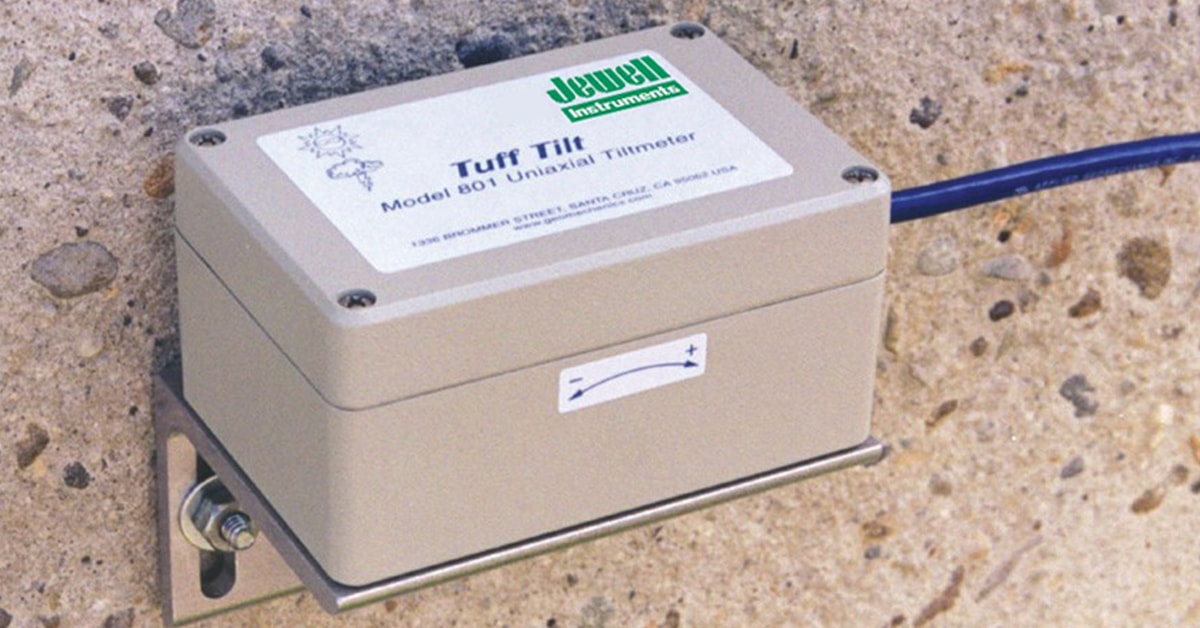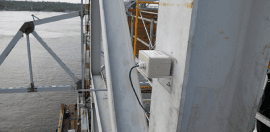Electrolytic tiltmeters are excellent solutions to constantly monitor the structural health of large, important infrastructure or landmasses. They are highly sensitive, low maintenance, and have long lifespans. However, they are temperamental to linear motion which is why they should avoid environments where excessive vibration and motion are present.
What happens to electrolytic tiltmeters in a non-static environment?
Tiltmeters use electrolytic technology which consists of a vial filled with electrolytic fluid. When tilt is applied, the fluid moves which is noticed by pickup electrodes, much like a carpenter’s level.
Since this technology is so sensitive, it can be vulnerable to heavy shock and motion. When this happens, the fluid sloshes back and forth until it settles down. This creates a lot of squiggly lines on your datalogger and can take up to several minutes to level out and provide the readings you need.
Which applications are right for electrolytic tiltmeters?
Electrolytic tiltmeters need to live in static environments such as the pier of a bridge or on the surface of a volcano. Since these places do not rattle or move around often, the sensor will detect vital tilt measurements. For instance, when an earthquake strikes a bridge, you will have to wait until the phenomenon is over and the readings settle to determine if that event caused the bridge to move.
Applications that are not tiltmeter-friendly
If there is linear motion, there will be interference in the readings. Some OEM applications such as construction machinery or military equipment can include constant movement and vibration. In these cases, most force-balanced inclinometers are designed to filter out noise and vibration and will likely be the solution you need.
For some advice on how to properly install these tiltmeters, view our installation guides for 900, 800 & 700 series tiltmeters.

